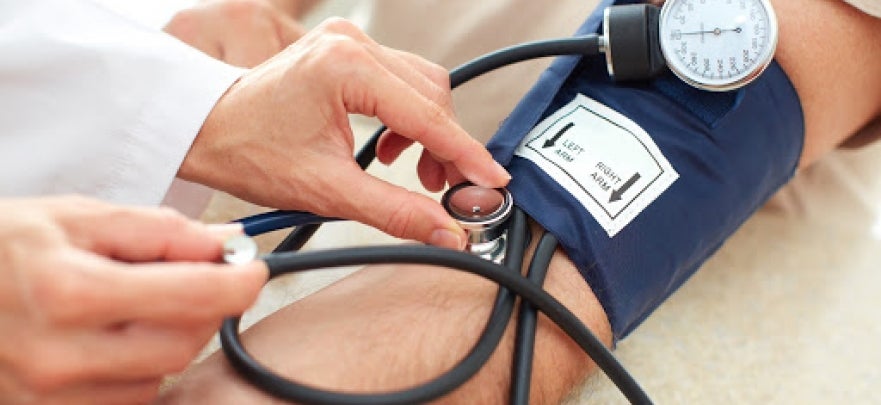Monitoring Your Blood Pressure at Home
Monitoring blood pressure at home is quite common. It may be needed to maintain, monitor, or treat a health condition. If monitoring your blood pressure at home is something that must be done, it is very important to track and log your measurements as accurately and consistently as possible. This will make it easier for your physician to know how your blood pressure changes daily or if the medication you’re taking to control your blood pressure is working.
What equipment should you use to measure blood pressure at home?
The easiest and simplest tool to use at home is a digital monitor. Digital monitors are the most popular for measuring blood pressure at home due to the ease of use. Digital monitors come complete with a gauge and stethoscope built into the unit. It will also notify you if an error occurs. The blood pressure readings appear in larger font on a digital screen. You can even find units that print out your readings on paper to help make tracking easier. Inflation and deflation of the cuff is automatic. If you are hearing impaired, a digital monitor is excellent as there is no need to listen to your heartbeat since the stethoscope is built in.
Once you have selected and purchased your monitor, bring it to your doctor to check it for accuracy. This should be done every year after your purchase.
Don’t forget to ask your doctor or nurse to teach you the proper use of your monitor and how to receive good results on your own.
In order to choose the best type of monitor to meet your needs, consider these features:
-
Size: The size of the cuff is determined by the size of your arm. If the cuff is the wrong size, you will not receive accurate readings. Your doctor, nurse, or pharmacist can help determine the correct size.
-
Price: Home BP monitors vary greatly in price. Shop around to find the best deal. And remember, the most expensive unit may not be the best or most accurate.
-
Display: Check out the display on the unit. Make sure you can identify the readings and can see them clearly.
Some tips on how to measure your blood pressure:
-
Wait 30 minutes after eating or consuming caffeine, alcohol, or tobacco.
-
Empty your bladder.
-
Rest for 3 to 5 minutes and don’t talk.
-
Sit in a comfortable position, do not cross your legs or ankles, and keep your back supported.
-
Elevate your left arm so it’s in line with your heart. Usually resting it on a table is sufficient.
-
Place the cuff around the upper part of your arm. Make sure the cuff is smooth and snug, leaving just enough room to slip one finger under it.
-
Don’t forget to sit still.
The information below will give you a little insight as to what your blood pressure reading means. Always consult your doctor about any readings you think might be abnormal. Only your doctor can diagnose high blood pressure or any other possible conditions that may affect your blood pressure.
Systolic pressure (top number)
- Normal - Less than 120
- Prehypertension - 120 - 139
- High blood pressure: Stage 1 - 140 - 159
- High blood pressure: Stage 2 - 160 - higher
Diastolic pressure (bottom number)
- Normal - Less than 80
- Prehypertension - 80 - 89
- High blood pressure: Stage 1 - 90 - 99
- High blood pressure: Stage 2 - 100 or over
Here are some medical terms that will help you understand what you are seeing:
-
Blood pressure is the force of blood against the walls of the artery.
-
Hypertension is high blood pressure.
-
Hypotension is low blood pressure.
-
Brachial artery is the artery used to measure your blood pressure. It’s the blood vessel traveling from your shoulder to below your elbow.
-
Systolic pressure is the highest pressure in an artery when your heart is pumping blood to your body.
-
Diastolic pressure is the lowest pressure in an artery when your heart is at rest.






